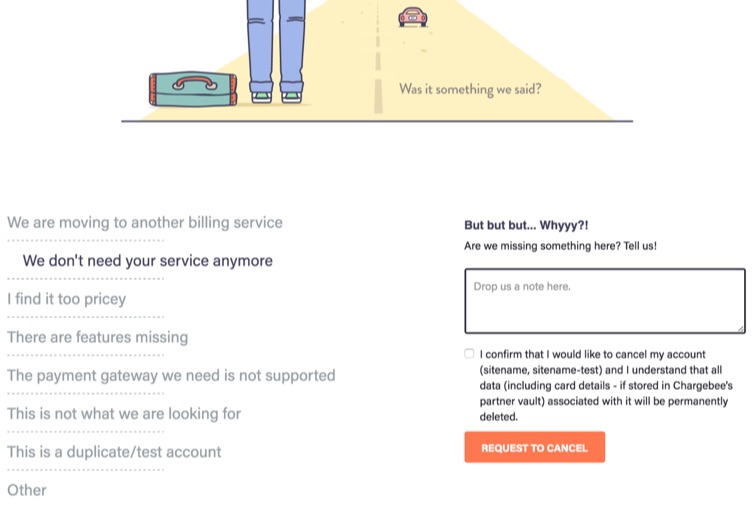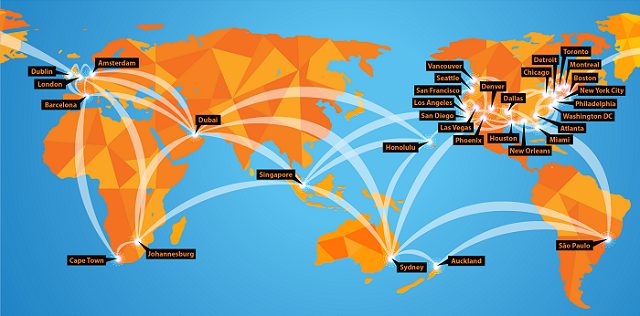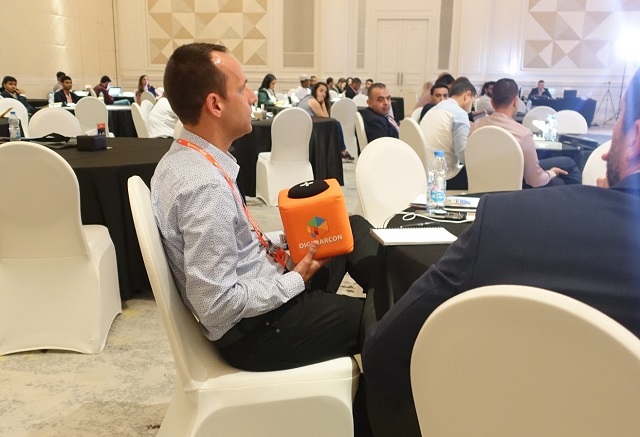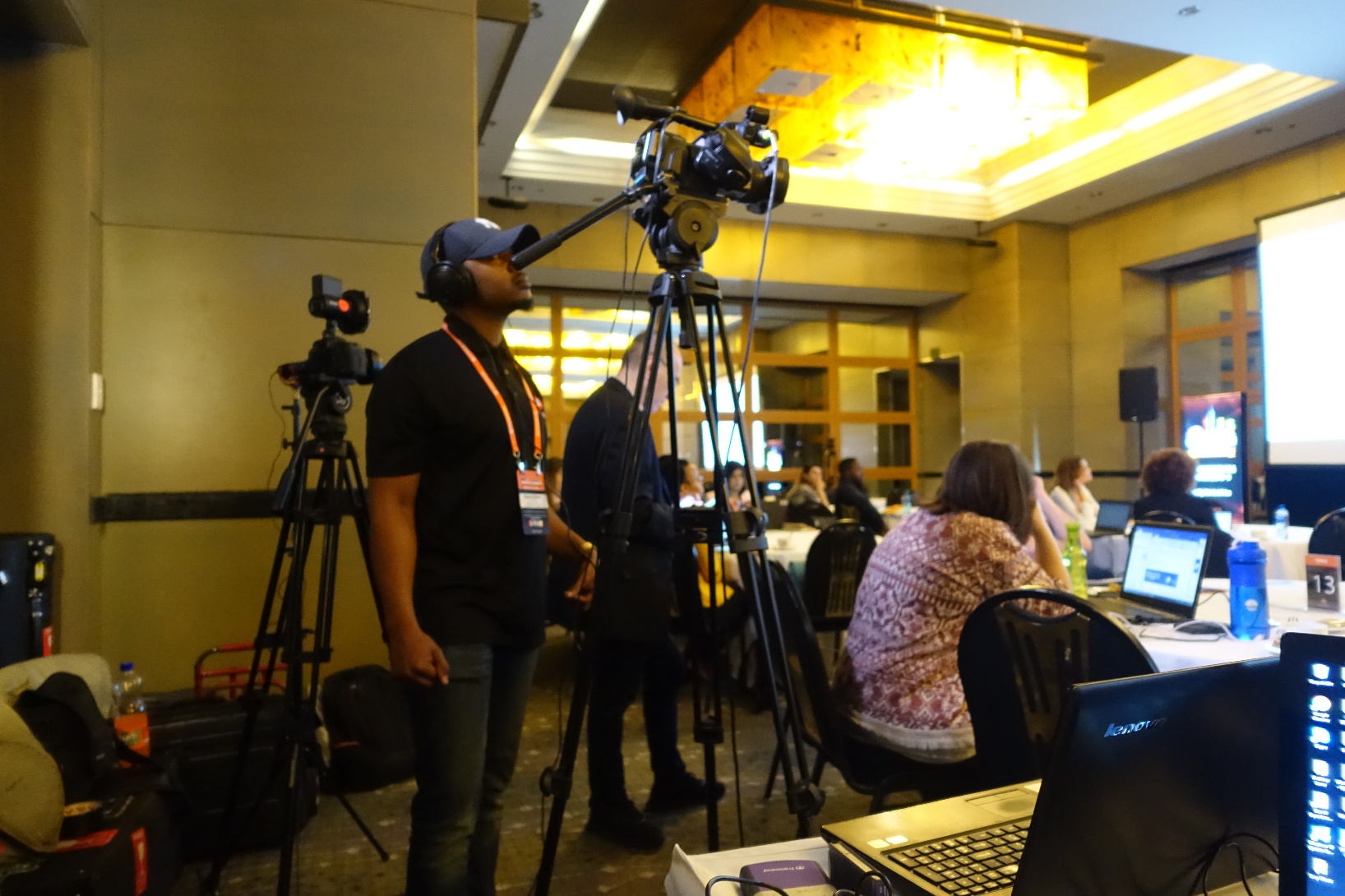95% Of Your Churn Should be Ignored. Here’s Why
When it comes to customer dissatisfaction, Spirit Airlines has consistently been the forerunner in the airline industry. Even in the recent travel report published by the American Customer Satisfaction Index it had the lowest score, much below the average benchmark.
Having said that, you’d expect those numbers to reflect on the company’s growth rate, right?
Wrong. Despite the mounting discontent among its customers, Spirit was the second most profitable airline company in 2015, and its growth rate is far from plateauing.
So what happened here?
Well, all those customers who were “dissatisfied” with Spirit’s poor service were still opting to travel on Spirit, as their deciding factor wasn’t the quality of the service, but the ticket fares. Spirit knows this, and keeps giving customers precisely what they want – nothing more, nothing less.
Numbers can be deceptive; and many times, they don’t necessarily speak the truth. If you’re taking numbers at face value, without digging deeper and getting to the bottom of it all, then you’ll most probably get blindsided.
And in the case of churn, it couldn’t be truer.
It’s well-known that churn is of two basic types: voluntary and involuntary.
While involuntary churn occurs when payments fail due to expired credit cards or any similar reason, voluntary churn predominantly occurs when a customer doesn’t receive the value that they had expected to receive from your product.
The solution to involuntary churn is pretty straightforward – a smart dunning mechanism in place can tackle most of the payment failure scenarios. It’s voluntary churn that needs a bit more thinking through.
And that’s what this post is about – effectively handling (not reducing/mitigating) voluntary churn.
Put simply, should you try to get back every one of those two groups of churned customers?
The Churned Customers Worth Fighting For
First off, not all users who choose to leave your product would’ve been good customers to your business in the long run. Not all of them would’ve found a perfect fit with your product. Peter Fader puts it well:
“Not all customers deserve your company’s best efforts. And despite what the old adage says, the customer is most definitely not always right. Because in the world of customer centricity, there are good customers…and then there is everybody else.”
The “everybody else” mentioned above are whom Lincoln Murphy refers to as “Bad Fit” customers. According to him, if a customer neither receives value from you immediately, nor in the future (under realistic assumptions), then those are the ones who’d come under this category.
And when a Bad Fit customer leaves you, it is, in fact, good churn. And spending your limited resources in bringing them back will be nothing less than futile.
Then there are customers for whom you — apart from delivering immediate value — will be able to deliver future value, in a particular timeframe. Lincoln calls them “Stretch” customers, and these are the ones whom you can strive to get back, provided the stretch is worth it.
Filtering out the 5%
A freemium model is …read more
Source:: Kiss Metrics Blog



























